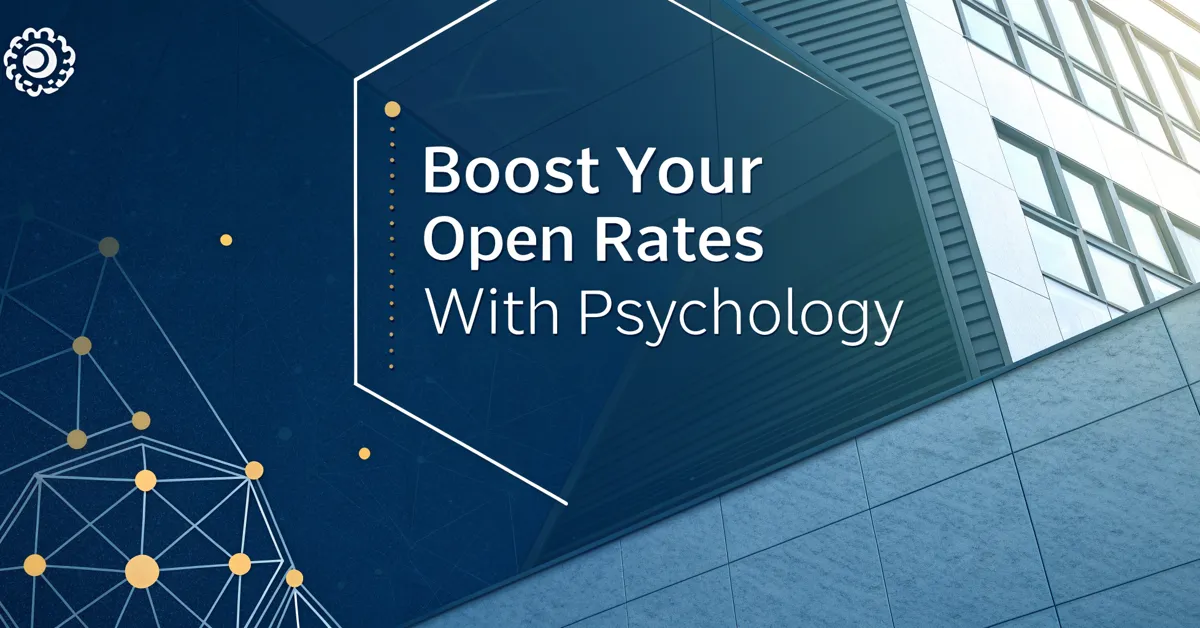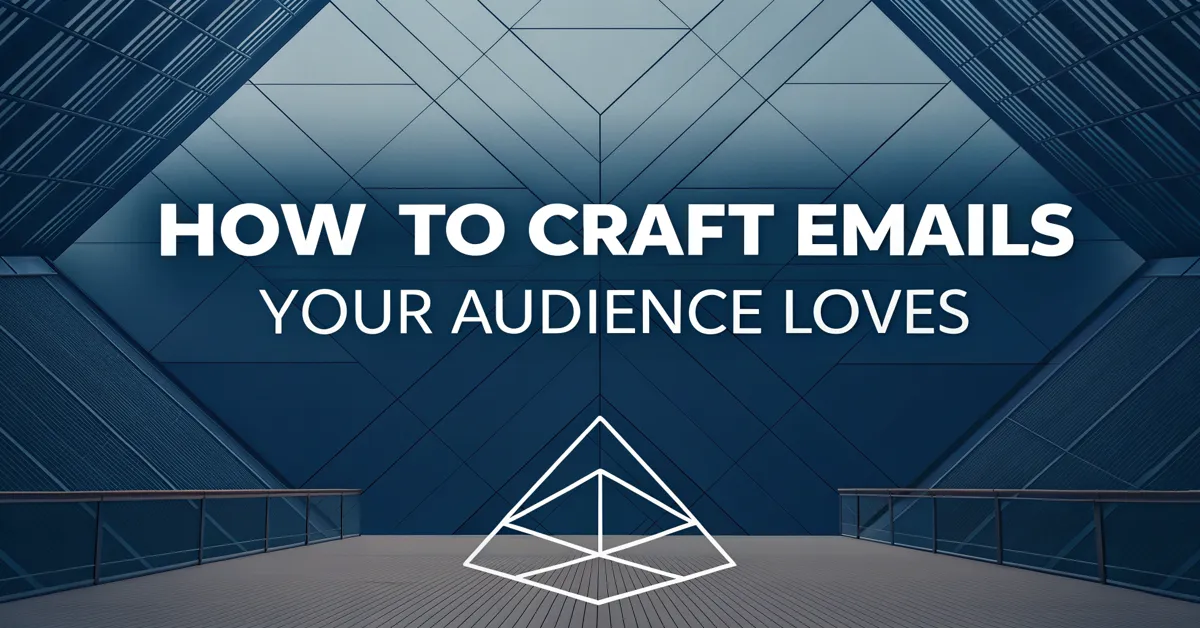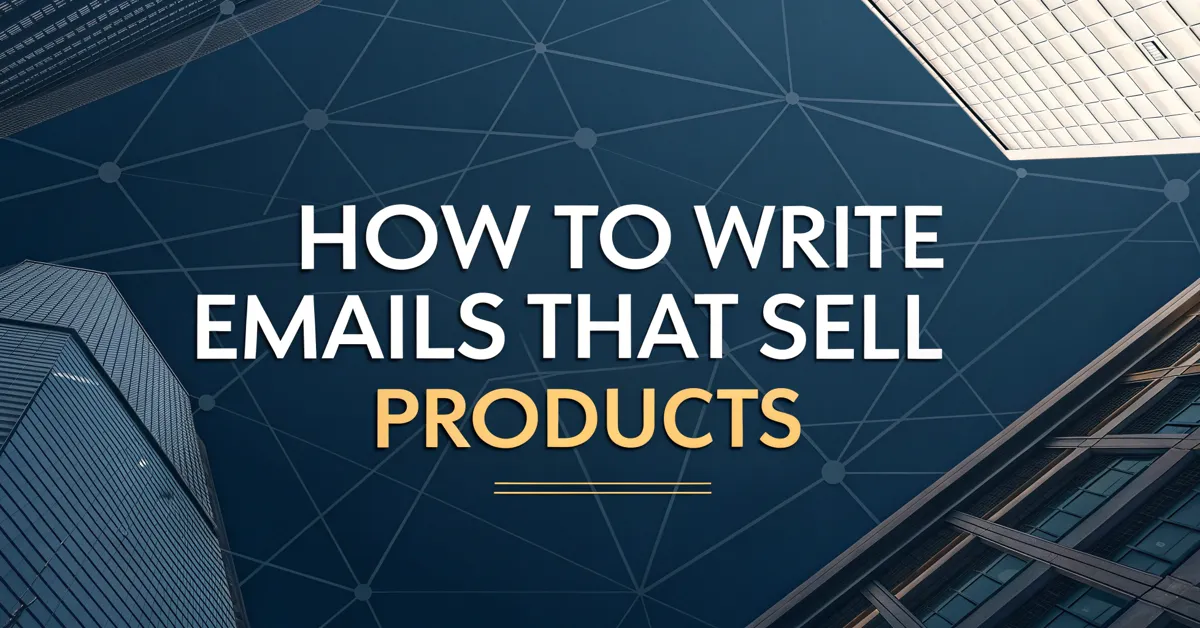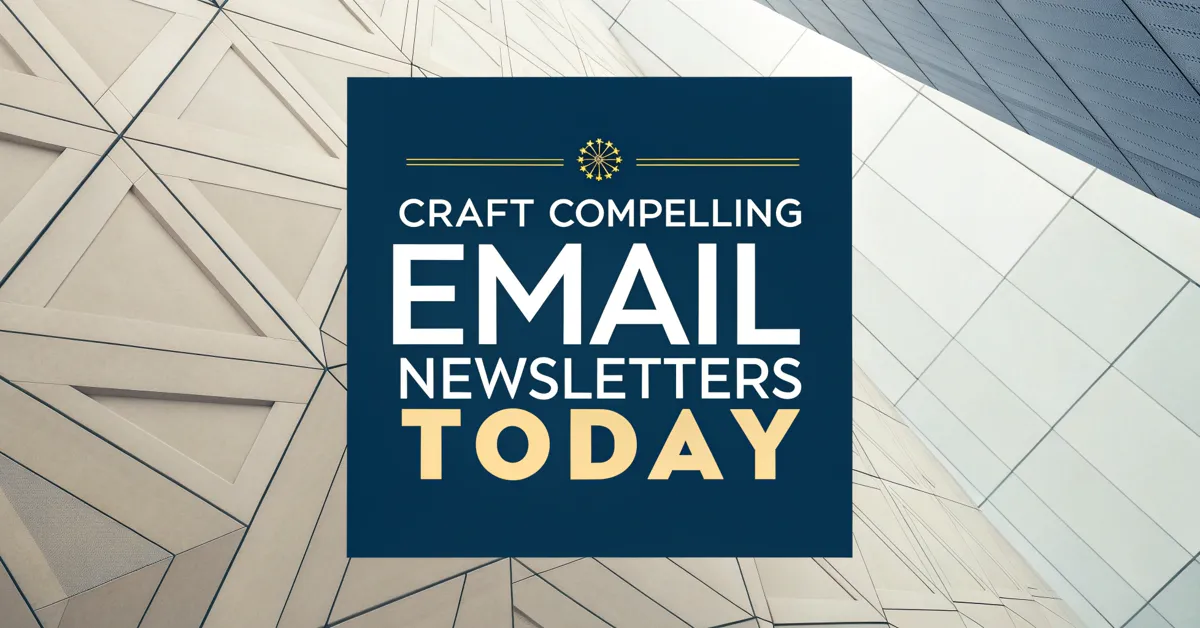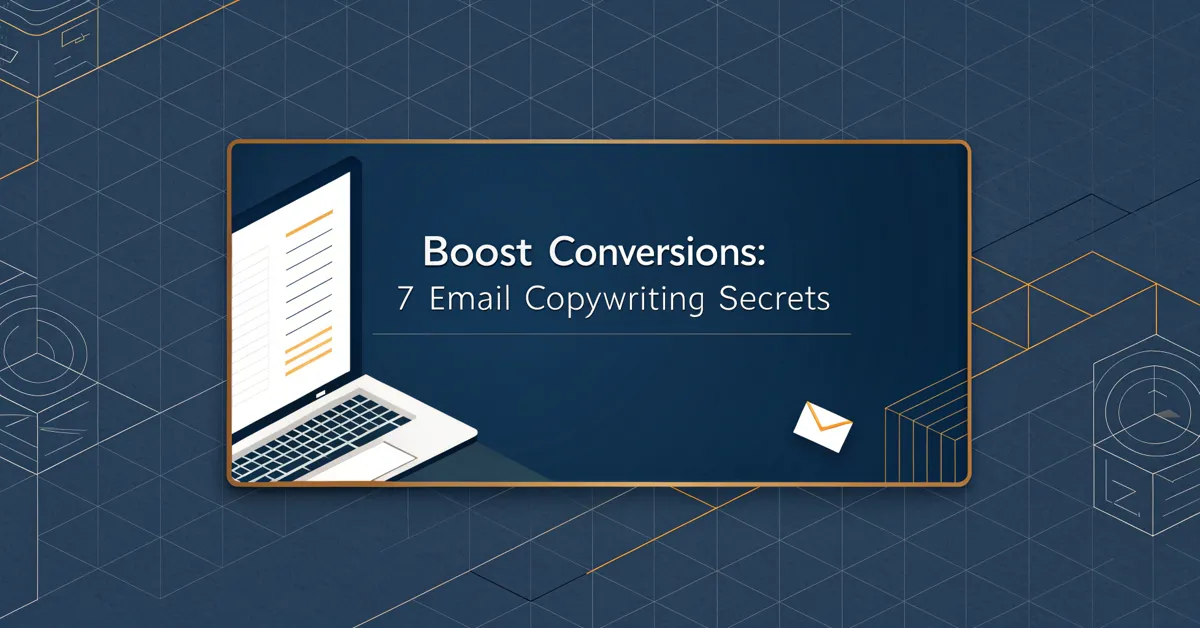Email inboxes are a battlefield. Every day, countless messages fight for attention, and yours is just one of them. But what if you could make your emails irresistible? What if you could tap into the hidden forces that drive human behavior to make people want to click? The secret isn’t just in writing good copy. It’s about understanding the subtle psychology behind what makes people want to open an email in the first place. This article will show you how you can use the power of the mind to boost your open rates.
The Core of Open Rates Psychology
Think about the last time you clicked an email. What made you do it? Was it the subject line? The sender’s name? Or some unexplainable feeling? It is a mix of all those things. There’s a science behind it. It’s not just random chance. By understanding the psychology of open rates, you can design your email campaigns to push the right buttons in the minds of your audience.
Why Is This Important?
High open rates show that your audience is paying attention. They are interested in what you have to say. It is the first step toward conversions, sales, and a growing connection with your subscribers. On the other hand, low open rates can be a sign that something is wrong. Maybe your subject lines are not good enough or that your audience isn’t aligned with your content. By digging into the psychology behind open rates, you get a map of how to better reach your audience.
What’s the Psychology?
The psychology behind open rates has a lot to do with human behavior and decision-making. It touches on things like how we see value, what grabs our attention, and what makes us trust a message. Here are a few things to remember:
- Curiosity: People have a natural desire to know things. A well-crafted subject line that sparks curiosity can make them want to see what’s inside.
- Value: We tend to choose things that give us something of worth. An email that hints at a benefit or a solution to a problem is more likely to get opened.
- Fear of Missing Out (FOMO): This is the feeling that others may be getting something great that we’re not. Using a limited time offer can push people to act fast to not lose out on the deal.
- Trust: People are more likely to open emails from senders they know and trust. Building a strong brand is a must.
- Personalization: When an email feels like it’s made just for you, it is a stronger pull to see what’s inside.
Now that you have an idea of the factors involved, let’s get into the tricks that will help you use them.
The Power of Words: Subject Line Psychology
The subject line is the gatekeeper. It’s the first—and sometimes only—chance you have to win someone’s attention. It is not just a sentence. It’s a call to action. So, how do you make it work best?
Curiosity and Intrigue
Curiosity is a strong force. If you can get someone thinking “What’s this about?” there is a better chance they’ll open your email.
- Use Questions: Questions make people stop and think. “Are you making these email mistakes?”
- Use Numbers and Lists: Numbers and lists feel organized and easy to read. “5 Ways to Improve Open Rates”
- Use Ellipses and Teasers: Ellipses create a pause. “We have something important to share…”
Be careful to not fall into clickbait. That’s when your subject line overpromises and the email doesn’t deliver. It could hurt your trust with subscribers.
Urgency and Scarcity
People are more likely to do things if they feel like they might miss out on something important.
- Use Limited-Time Words: “Today only,” “Sale ends soon,” or “Last chance”
- Create a Sense of Scarcity: “Only 10 spots left,” “Limited stock,” or “While supplies last”
Urgency and scarcity should be real. Using false urgency can harm your brand and make people stop trusting your emails.
Personalization and Relevance
People want to feel like you’re talking to them directly.
- Use the Subscriber’s Name: “John, here’s a tip for you!”
- Talk about a Past Action: “Based on your last purchase, we think you’ll like this!”
- Segment Your List: Send different emails to different groups based on their interests.
Personalization is not just about using a name. It’s about showing that you know your subscribers and care about what they want.
The “Do Not Do” List
Some subject line tactics can hurt your open rates:
- Too Long: Keep subject lines short. It’s best to be under 50 characters.
- Too Generic: “Newsletter” or “Update” doesn’t make anyone want to open.
- Overly Salesy: “Buy now!” screams spam.
- Using all caps: IT’S LIKE YOU’RE SHOUTING!
- Too many special characters: Symbols can look unprofessional. And spam filters may pick them up.
Testing what works best for your audience is a must. There is no one size fits all strategy. Use A/B testing to see what subject lines bring the best results.
Sender Name Psychology: It’s Who You Know
The “from” line is just as important as the subject line. People want to know who’s sending them emails. What’s the best way to get them to open emails from you?
Be Consistent
Use the same name all the time. It will make people know and trust you. If you’re a small business, your name is fine. Or you can use the name of one of your employees. “John from Company X.” This will add a personal touch. If you are a larger company, it is okay to use your brand name.
Build Trust
Use the same name all the time. It is key to building trust. Each email is a chance to strengthen your connection with subscribers. If you change your name all the time, it can cause confusion and make people ignore your emails.
Avoid Generic Names
“Info,” “Sales,” or “No Reply” aren’t helpful. They can make your emails look like spam. Be clear about who you are. It’s a simple thing that can make a big difference.
Personalization (with Caution)
Using your subscriber’s name as the sender name is not a good move. It can look spammy and fake. Instead, focus on building trust with a name that you always use. Your name should always come from a place of honesty.
Preheader Text: The Second Subject Line
The preheader text is the small bit of text that appears after the subject line in some email clients. It’s like a second chance to get someone to open your email. Think of it as a subtitle. It can help your subject line better.
Use it to Support Your Subject Line
The preheader can help you if you had to keep your subject line short. It is a great place to add more context.
- Add details: If your subject line is a question, give a hint at the answer in the preheader.
- Expand on a Promise: If your subject line offers a benefit, tell more about what it is in the preheader.
- Use it for a Call to Action: Tell users what you want them to do. “Open this email to get a special discount.”
Don’t Repeat the Subject Line
Keep the preheader text different. Repeating your subject line is a wasted chance. Every space counts. Use that space to make your email more engaging.
Keep it Short
Just like with subject lines, make the preheader text short. It is important for mobile devices. Keep it under 100 characters. Mobile devices show less preheader text.
Make it Relevant
The preheader should be related to your subject line and the body of your email. It should not be random. It should push the reader to see what’s inside.
Test, Test, Test
Try different kinds of preheader text. Find out what your audience likes best. Use A/B testing to see what brings the best open rates.
Email Design Psychology: Visual Appeal
The way an email looks is as important as the words it contains. Visuals can draw people in. Or turn them away.
Keep it Clean
People don’t like emails that are too chaotic. A clean design makes it easy for the user to see the main points of your message. Make sure to:
- Use white space: Empty space around your text and images can make things easier to read.
- Keep to a limited number of fonts: It will keep your design professional and clean.
- Avoid busy backgrounds: Simple backgrounds let your text and images stand out.
Use Images (But Wisely)
Images can make your emails more engaging, but using too many can hurt.
- Use Relevant Images: Make sure every image has a reason to be there.
- Optimize Images: Large images make emails load slow, keep them small and optimized.
- Use Alt Text: Always use alt text for screen readers and if your images don’t load.
Mobile-First Design
Most people open their emails on their phones. So, make sure your email looks good on small screens. Make sure to:
- Use a single-column layout: It works well on mobile and desktop.
- Use large buttons: Easy to tap on small screens.
- Use readable fonts: Large enough to see on mobile devices.
- Test on Multiple Devices: Use different devices to see how your emails look.
Use Color to Your Advantage
Colors can make your emails more effective. They can be used to:
- Grab attention: Bright colors can draw the eye to important parts of the email.
- Set a mood: Different colors make people feel differently. Use colors that match your message.
- Build brand recognition: Use colors that are part of your brand.
Timing is Everything
Timing is very important for open rates. Sending emails at the wrong time can make people ignore them.
Know Your Audience
Every audience is different. Know when they check their emails. Do they read email early in the morning? During lunch? Or in the evening? Experiment to see what time works best for your list.
Don’t Overdo it
Do not send too many emails. If you do, people will start to ignore you. Send emails when you have something worth sharing. Less is more.
Consider Time Zones
If your audience is spread across the world, pay attention to time zones. No one wants to get emails at 3 a.m. Make sure to schedule your emails so that they get to the right people at the right time.
Use Automation
With automation, you can send emails based on subscriber actions. Welcome emails, purchase confirmations, and abandoned cart emails can be sent at the exact time they matter.
Be Consistent (Mostly)
While it is important to change the time you send emails from time to time, consistency helps people to know when to expect your emails. Send newsletters at the same day and time every week.
Segmentation and Personalization: The Key to Relevance
When you send the same email to everyone, it’s likely that it will not make everyone happy. Segmentation and personalization can make your emails more targeted. This will make them more likely to be opened and clicked.
Segment Your List
Divide your list into smaller groups based on:
- Demographics: Age, location, or job title.
- Interests: What content or products they like.
- Past Behavior: What links they’ve clicked or what products they’ve bought.
- Engagement Level: How much they interact with your emails.
Use Dynamic Content
Dynamic content can change based on the reader’s details. It will make an email feel personal. This can be done with:
- Names: Using the subscriber’s first name.
- Location: Showing offers specific to the subscriber’s area.
- Past Purchases: Showing products that are similar to what they’ve purchased.
- Interests: Display content that is relevant to their interests.
Ask for Info
Ask your subscribers for info. You can do this when they sign up or with surveys. The more you know about them, the better you can tailor your emails.
Be Careful (Again)
Do not personalize too much. If you have too much info about your users, you may come off as creepy. Be open about why you’re asking for info. It will make people trust you more.
A/B Testing: Let the Data Be Your Guide
You need to know what works and what does not. A/B testing is a way to compare two or more versions of an email. It will help you see what works best.
How it Works
- Pick a Variable: Subject line, preheader text, sender name, time, and other things.
- Create Two Versions: One version is the control. The other version is the change.
- Split Your List: Send each version to a part of your subscribers.
- Track Results: See what version had the best open rates.
What to Test
- Subject lines: Different words or formats.
- Preheader text: Different messages to help your subject line.
- Sender Name: Your name or your company’s name.
- Time: See what time works best.
- Call to action: Try different action words.
Always Learn
A/B testing is not just about finding a win, it’s also about learning. Use the data you get to help make better email campaigns. It is an ongoing process.
The Psychology of Trust and Authority
People are more likely to open emails from senders they trust. Building trust and showing that you’re an authority in your field is key for long-term open rates.
Consistent Branding
Use the same colors, logos, and fonts in your emails. This is part of your brand. It will help people to know your emails as soon as they see them.
Share Value
Do not just ask for sales. Share tips, useful info, or free resources. If people know that your emails give them value, they’ll be more likely to open them.
Be Transparent
Be open and clear about your business. Tell people why you’re sending the email. Provide links to your terms of service and privacy policy.
Social Proof
Show that other people trust you. Share customer testimonials or reviews. Make a case study of success. This will show people you know what you are doing.
Don’t Be Too Pushy
Do not send sales emails all the time. Do not make too many promises. It can hurt your credibility. Honesty always brings the best results.
The “Unseen” Factors
There are a few other factors that can impact your open rates. These may not be directly linked to psychology, but they have an effect.
Email Deliverability
If your emails go to the spam folder, people will never open them. Make sure to:
- Use a good email service provider (ESP): A good ESP helps you make sure your emails get to inboxes.
- Clean your list: Remove subscribers who don’t engage with your emails.
- Verify your domain: Show you’re a real business with a verified domain.
Email List Quality
Having a lot of subscribers is not as good as having an engaged list. Focus on people who really want to hear from you.
- Use a double opt-in: Make people sign up for your list twice to make sure they really want to be there.
- Let people choose: Allow subscribers to choose what type of emails they want to get.
- Make it easy to unsubscribe: If they don’t like your emails, you should make it easy to unsubscribe.
Stay Up-To-Date
Email is always changing. Make sure to:
- Read industry blogs: There are a lot of articles about email marketing.
- Go to webinars: Learn new tricks from experts.
- Experiment: What works today may not work tomorrow.
The Ethical Side of Open Rates Psychology
The tactics discussed should be used in an honest way. Do not use dark patterns or trick people to open your emails.
Honesty Always
Do not use fake subject lines or give a wrong idea. Be clear about what’s inside your emails. You should always care about your subscribers. It’s better to have fewer opens with people who want to hear from you. Than a big list of subscribers who feel tricked by you.
Care About Your Audience
Think about what your audience needs and wants. The best way to make people open your emails is to send emails that bring them value. People can tell when you care. They are more likely to connect with you when they feel you understand them.
Stay Legal
Make sure you’re in line with email laws, like GDPR or CAN-SPAM. It is not just the right thing to do. It also keeps you from getting in trouble.
It’s More Than Just Open Rates
While it is important to boost your open rates, do not forget that email marketing is about more than just that. It’s about building real links with your audience. Open rates are just the start. What matters most is what you do after someone opens your email.
Focus on Content
Great content is what keeps people reading and buying. Make your emails fun to read. Give value and solutions. Make it so that people want to connect with you.
Build Community
Do not just talk to your subscribers. Build a community. Reply to emails, ask for input, and create a safe space. Your subscribers are more than just numbers on a list. They are real people.
Track Results
Always look at your results to see what’s working. How long are people reading your emails? What are they clicking? Use that info to make better email campaigns.
The Long-Term View
Do not expect to see results right away. It takes time to learn what works for your audience. But, if you use the ideas in this article, you can improve your open rates over time. Be patient.
Be Consistent
Send emails on a schedule. It helps your subscribers know when to expect them. Consistency will build trust.
Be Patient
Email marketing is a marathon, not a sprint. It takes time to learn what your audience likes. So, be patient, try new things, and watch your open rates get better.
Always Learn
Email marketing is always changing. Be willing to learn. If you learn new ideas, you can keep your campaigns fresh.
Should You Use These Psychological Tricks?
Yes. If used in an honest and good way, they can boost your open rates. But do not use tricks to deceive people. The best way to boost your email open rates is to send emails that give value to your subscribers. If you follow the tips shared in this article, you will see your open rates grow. But more than that, you’ll build a great email list that wants to hear from you. And if you care about your readers, your readers will care about you too.
